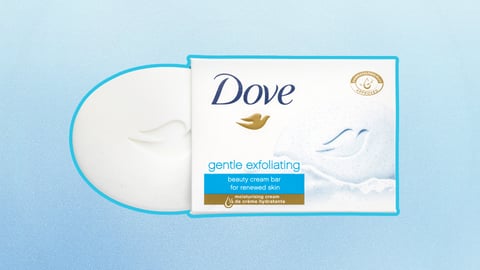How Brands Can Deliver World-Class Digital Customer Experiences
In today’s digital-first world, delivering excellent customer experience (CX) relies on effective personalization. In layman’s terms, this means ensuring your content targets the right person, on the right device, at the right time. Brands that get personalization right — think Spotify, Amazon, and Disney — build lasting relationships with their customers and win market share from competitors.
Content is the fuel that powers personalization. The more targeted a company wants to be, the more content marketers must create, putting increased pressure on teams. For example, a recent Bynder report found that marketers increased their campaign and content output by an average of 41% from 2020 to 2021. And although teams try to accommodate requests for content personalization, it’s clear that demand is unsustainable.
This is where MarTech comes to the rescue.
[Learn more: Building a MarTech Strategy that Bridges the Consumer Proximity Gap]
Though this term encompasses all software that supports marketers, in this context we’ll focus on tech that streamlines the entire content lifecycle — spanning creation, management, and delivery.
Creation
Delivering a personalized digital CX requires multiple variations of ad images, videos, email banners, and other assets. Because of this high volume of content, almost three-fourths (72%) of marketers working in video, design, and creative roles report spending too much time on menial tweaks needed for personalized content creation and providing feedback on content. Working this way is not scalable or sustainable.
Instead of relying on creatives to make manual changes, brands should consider adopting templating software, which makes it easy to design a single master template for each asset. With design elements like colors, fonts, and layout locked in place, team members can quickly and easily change editable elements — like copy and images — to create multiple personalized versions for different campaign goals.
By enabling teams to stop leaning on their creative colleagues, templating software creates a win-win situation. It frees up time for creatives to work on high-value content or come up with the next big idea. And for wider marketing teams eager to get campaigns live, it removes lengthy (and often complained about!) wait times for assets.
Management
Spending valuable time searching for files. Accidentally using out-of-date or incorrect versions. Wasting time and money re-creating assets. Sound familiar? Managing the high volume of assets that underpins personalized digital CX can create confusion and busy work.
To avoid it, brands should look at implementing MarTech, such as digital asset management (DAM) that can integrate into their existing marketing tech stack. These technologies can act as the system of record for assets — which enables them to be easily managed by creative teams and delivered to consumers.
Not only do MarTech solutions ease content management, but it also enhances collaboration. A well-managed asset library means stakeholders can easily find what they need and know they’re always working on the most up-to-date asset version.
Delivery
Getting assets to where they need to be is the last piece of the content personalization puzzle. This relies on an integrated ecosystem working seamlessly together to deliver solid CX. To do this, it’s important that assets perform optimally across devices and load fast. Teams can rely on MarTech which automatically optimizes image size and weight to increase site performance, customer engagement, and efficiency.
This technology can be combined with integrations that allow marketers to add information to assets — like usage rights for stock imagery. All in all, having a marketing tech stack that’s as highly connected as possible will help teams distribute and update optimized versions of marketing assets across touchpoints, websites, e-markets, and social media.
The bottom line? Embracing MarTech to enable the delivery of great CX isn’t optional. It’s essential for brands that want to foster lasting customer relationships using content personalization that’s consistent, flawlessly on-brand, and up to date. And of course, the operational efficiencies and cost savings that MarTech offers are an incredible benefit too!
—Heidi Lasker, SVP of Customer Success, Americas and APAC / Global Customer Experience at Bynder




